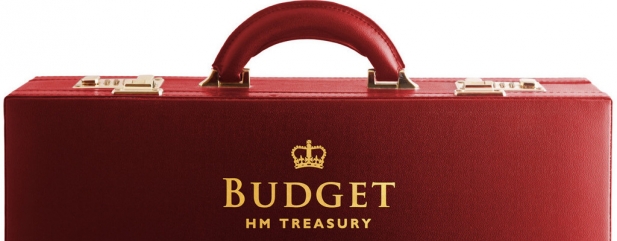Archived article
Please note that tax, investment, pension and ISA rules can change and the information and any views contained in this article may now be inaccurate.
How the Budget affects you

Chancellor Philip Hammond’s first post-election Budget delivered some welcome – if slightly unexpected – stabilityfor savers.
The build-up to the set-piece was dominated by rumours the Treasury would take the axe to pension tax relief in order to raise some much-needed cash.
In the event a crippling combination of worsening growth forecasts, a slim majority in the House of Commons and the all-consuming process of Brexit left a hamstrung Hammond unable to pursue such controversial reform.
The only minor changes were confirmation of an increase in the lifetime allowance to £1,030,000 and the Junior ISA allowance to £4,260.
Both rises were in line with Consumer Price Index (CPI) inflation, meaning both will stay the same in real terms. All other pension and ISA savings allowances were unchanged.
A rabbit of sorts
Hammond’s big announcement centred on stamp duty and was targeted squarely at the young voters who gave the Conservatives a bloody nose at the general election.
The Chancellor has scrapped stamp duty altogether for first-time buyers on properties worth £300,000 or less. For properties costing up to £500,000, no stamp duty will be paid on the first £300,000.
The move, when combined with the Lifetime ISA, could provide a serious boost if you’re under 40 years old and saving for your first home.
As a reminder, savers aged 18-39 can pay up to £4,000 a year into a Lifetime ISA and receive a 25% Government bonus.
Withdrawals are tax-free for the purchase of a first home (provided it is worth £450,000 or less), after your 60th birthday or if you become terminally ill. Early withdrawals for any other reason incur an exit penalty which means you could get back less than you put in.
Under the old system, a first-time buyer who bought a house worth £300,000 would pay £5,000 in stamp duty, bringing the total cost to £305,000.
Someone who saves the maximum of £4,000 a year in a Lifetime ISA for 10 years could end up with a total fund value, including Government bonus and investment growth, of £66,000 (assuming post-charges growth of 5% per year).
The combination of the £26,000 Government bonus and investment growth via the Lifetime ISA and the £5,000 stamp duty saving means the house would cost £274,000 – essentially a 10% reduction.
And while clearly for many young people saving enough for a deposit will remain a serious challenge, a 10% discount on a £300,000 purchase is not to be sniffed at.
Tom Selby,
Senior Analyst, AJ Bell
Important information:
These articles are provided by Shares magazine which is published by AJ Bell Media, a part of AJ Bell. Shares is not written by AJ Bell.
Shares is provided for your general information and use and is not a personal recommendation to invest. It is not intended to be relied upon by you in making or not making any investment decisions. The investments referred to in these articles will not be suitable for all investors. If in doubt please seek appropriate independent financial advice.
Investors acting on the information in these articles do so at their own risk and AJ Bell Media and its staff do not accept liability for losses suffered by investors as a result of their investment decisions.
Issue contents
Big News
- Centrica’s yield could be a phantom menace
- UK banks pass latest stress tests
- New European-focused fund offers tastier way to play e-commerce logistics boom
- Tri-Pillar promises ‘completely different’ infrastructure proposition
- UK engineers in demand with customers and investors
- ConvaTec and Merlin to be ejected from FTSE 100

 magazine
magazine









